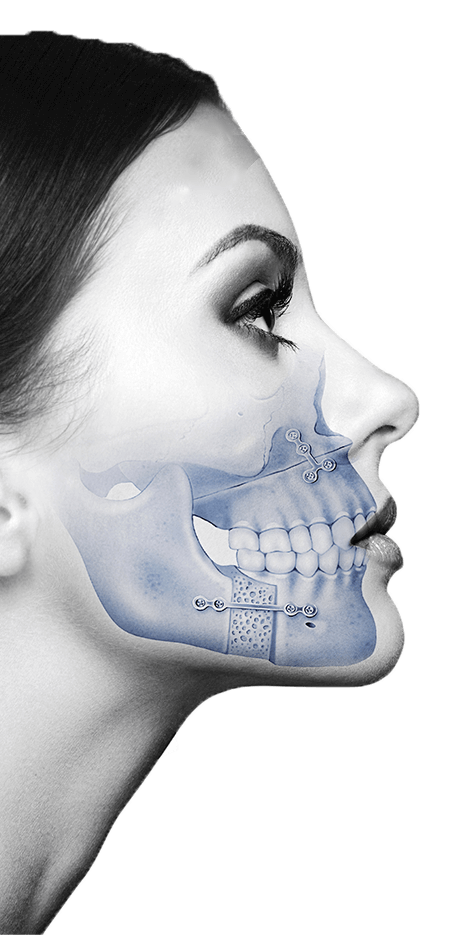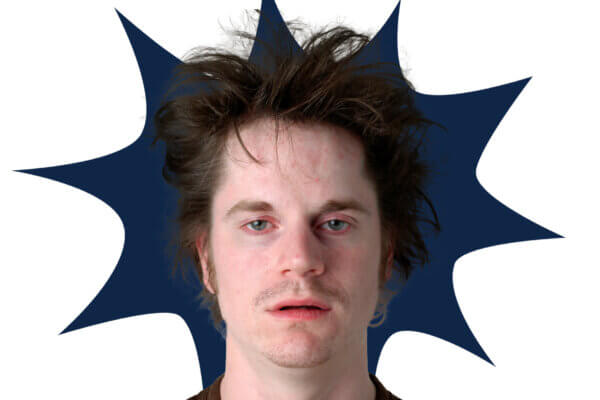Obstructive sleep apnea is often related to a backward position of the lower jaw (retrognathia) or an underdeveloped upper jaw. This type of bone structure favors the collapse of the airway during sleep and also disrupts facial harmony, resulting in less defined profiles and a receding chin. In cases of obstructive sleep apnea, the lack of restorative sleep has a direct impact on the soft tissues of the face. Poor oxygenation, metabolic stress, and prolonged poor rest contribute to a series of signs on the patient's face:
- Dark circles
- Bags under the eyes
- Facial puffiness
- Dull, aged skin
In addition, many patients with apnea also suffer from nocturnal bruxism, i.e., clenching or grinding their teeth while sleeping. This causes tooth wear, pain in the temporomandibular joint (TMJ), and a rigid, tense face, which often worsens over time.
This might interest you: Is sleep apnea making me less intelligent?
The solution? Treat the source, not just the symptoms
The most common treatment for sleep apnea is usually CPAP, a machine that facilitates breathing at night. However, CPAP does not address the cause of the problem; rather, it temporarily controls it while the machine is in use. In contrast, orthognathic surgery allows the maxillary bones to be repositioned, permanently widening the airway. The result:
- The physical source of the apnea is eliminated.
- Facial aesthetics are improved, as facial harmony and projection are restored.
- The bite is corrected, and jaw tension is relieved.
Apnea, self-esteem, and the face: a little-explored connection
More and more young patients are coming to the Maxillofacial Institute seeking answers to symptoms they did not identify as apnea: constant fatigue, lack of concentration, difficulty sleeping, and a facial image that "does not look like themselves." Many never imagined that the problem lay in the structure of their facial bones. When orthognathic surgery treats obstructive sleep apnea, the benefits go beyond rest. You regain quality of life and energy, and there's also a visible change in your face.
As you can see, sleep apnea doesn't just rob you of rest; it can also transform your face without you even realizing it. If you notice your jaw receding, if you wake up tired every morning, or if you feel like your face has changed over time, it may not just be a matter of stress or genetics. Consult with a team specialized in orthognathic surgery and sleep diagnosis. At the Maxillofacial Institute, we treat the root of the problem, not just the symptoms.
Related Content:
Sleep apnea and its different treatments
Impact of Sleep Apnea on Mental Health
1 in 4 adults suffer from sleep apnea, and don’t know it
Class 2 bite and its relationship with obstructive sleep apnea









